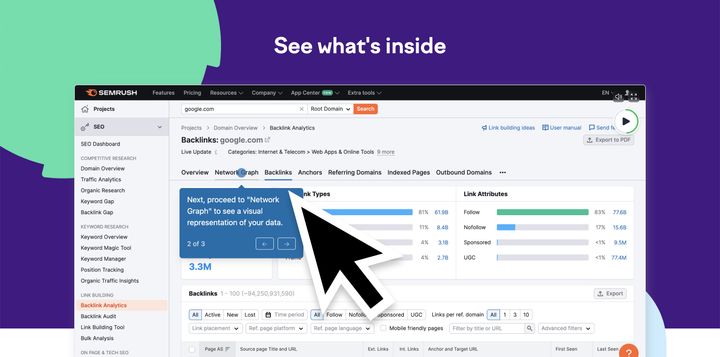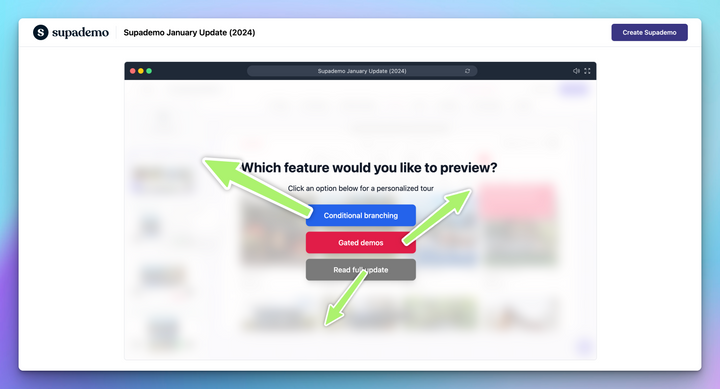Demand generation is a crucial aspect of any SaaS business's marketing strategy. It involves various tactics and methods to create awareness, interest, and demand for a product or service. To measure these efforts' success, tracking specific demand generation metrics is essential.
This article will explore 12 key demand generation metrics that every SaaS business should be tracking in 2023.
We have gathered insights from industry experts and combined them with our own experience at Skale, where we have successfully doubled product signups for companies like Slite in just three months.
1. Marketing Qualified Leads (MQLs)
One of the fundamental metrics to track in demand generation is Marketing Qualified Leads (MQLs). These are individuals or companies who have shown a high likelihood of converting into a sale. Identifying MQLs requires lead intelligence gathered through various actions, such as clicks on key pages, time spent on site, signing up for newsletters, or downloading resources. Tracking MQLs helps ensure that your marketing efforts are on track to meet your revenue goals.
2. Sales Qualified Leads (SQLs) & Sales Accepted Leads (SALs)
Sales Qualified Leads (SQLs) and Sales Accepted Leads (SALs) are critical metrics to assess the effectiveness of your demand generation strategy. SQLs are leads that have been qualified by your sales team as ready to receive sales material and potentially make a purchase. SALs, on the other hand, are leads that have been accepted by the sales team, indicating a higher level of interest. Tracking SQLs and SALs provides insights into the demand for your product and the effectiveness of your marketing and sales efforts.
3. Cost per Acquisition (CAC)
Cost per Acquisition (CAC) is a metric that measures the cost of acquiring a customer. It is an important indicator of the success of your demand generation strategy. By comparing the number of customers acquired and the cost associated with acquiring them, you can assess the efficiency and profitability of your marketing efforts. It is crucial to consider the customer lifetime value (CLTV) alongside CAC to ensure a sustainable and profitable business.
4. Activations & Signups
Another essential metric in demand generation is tracking activations and signups. Activations refer to the number of people who become active users of your product or service, while signups indicate the number of individuals or companies who have shown interest by signing up. Monitoring these metrics helps evaluate the effectiveness of your top-of-funnel marketing efforts and the building of knowledgeable demand for your SaaS business.
5. Customer Lifetime Value (CLTV)
Customer Lifetime Value (CLTV) measures the average value a customer brings to your business over their lifetime. It is an important metric to track in demand generation as it indicates the quality of the demand you generate. Generating demand is not enough; it must convert into long-term customers or referrals. By increasing CLTV, you know that your demand generation efforts are generating educated demand that contributes to the long-term success of your business.
6. Payback Period
The payback period is the time it takes to recoup the upfront costs of acquiring a paid user. It is a critical metric to track to ensure that your marketing efforts are paying off and contributing to the profitability of your business. For a healthy SaaS business, the payback period should ideally be 12 months or less. By calculating your payback period, you can assess the effectiveness of your demand generation strategy in generating revenue and recovering costs.
7. Days in Status
Tracking the number of days a lead stays in a particular status before moving to the next one is an important metric to consider in demand generation. This metric, known as the marketing cycle length (MCL), provides insights into the efficiency and speed of your demand generation efforts. It helps determine the impact of budget allocation and identifies areas where demand generation efforts are contributing to the pipeline.
8. Marketing Sourced Pipeline
Measuring the marketing sourced pipeline helps assess the success of your demand generation efforts in generating revenue. It focuses on the close rate per channel, indicating the effectiveness of your demand generation channels in attracting leads with sales intent. By tracking this metric, you can identify the most effective channels and allocate resources accordingly.
9. Average Deal Size
Average deal size is a core metric to track in demand generation as it provides insights into the effectiveness of different tactics in generating higher-value customers. By analyzing the average deal size from each tactic, you can make informed decisions on where to allocate your time and resources. For example, you may find that customers acquired through SEO efforts are more likely to sign larger contracts than those acquired through PPC.
10. Contribution to Total Revenue
Once you have established the above demand generation metrics, it is important to assess the overall contribution of demand generation to your total revenue. By comparing the revenue generated through demand generation with other revenue generation strategies, you can determine the effectiveness and profitability of your demand generation efforts. This information helps inform strategic decisions about resource allocation and investment.
11. Content Performance
Content plays a crucial role in demand generation, and it is important to track its performance. Depending on the distribution channels used, there are various ways to measure the success of your content. Social media engagement, such as comments, likes, shares, and post clicks, can provide insights into how well your content is received. Email management tools can also provide data on open rates and click-through rates. By analyzing content performance, you can optimize your demand generation strategy and improve its effectiveness.
12. Brand Sentiment
Tracking brand sentiment is essential in demand generation, as it reflects how well your branded content is received and how it affects your target audience's perception of your brand. There are various tools available to collect customer feedback and measure brand sentiment. By monitoring brand sentiment, you can identify areas for improvement and build better relationships with potential customers.
In conclusion, tracking demand generation metrics is crucial for the success of your SaaS business. By monitoring metrics such as MQLs, SQLs, CAC, activations, signups, CLTV, payback period, marketing sourced pipeline, average deal size, contribution to total revenue, content performance, and brand sentiment, you can assess the effectiveness of your demand generation strategy and make data-driven decisions to optimize your marketing efforts. Remember to segment your data, share it with relevant teams, and take action based on your findings to continually improve your demand generation strategy.




